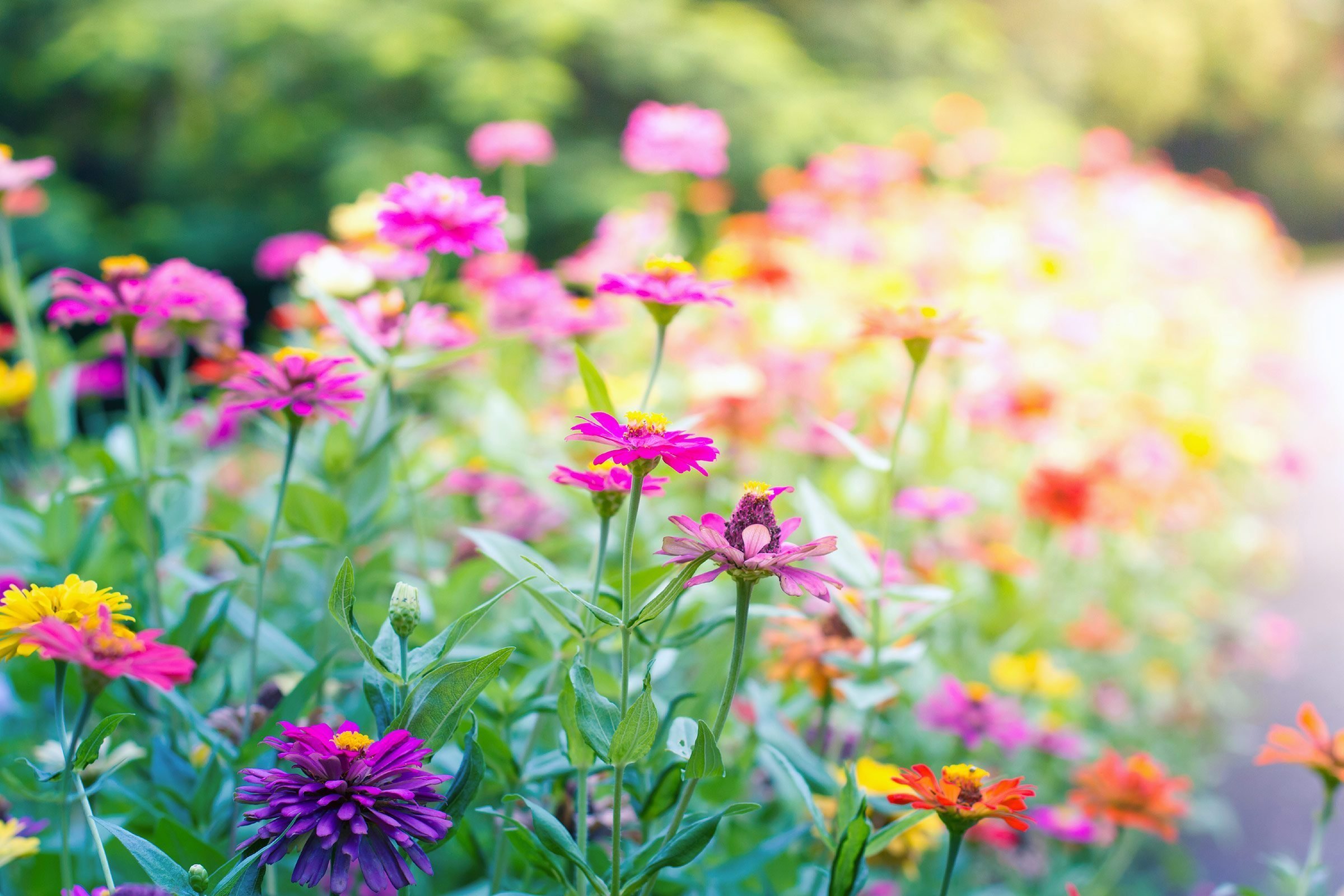A good butterfly garden requires several key elements to attract and support butterflies throughout their life cycles. Here are some important components to consider:
1. Native Plants: Incorporate a variety of native plants in your garden, as butterflies are generally adapted to and prefer native species. Choose plants that provide nectar for adult butterflies and host plants for their caterpillars. Different butterfly species have specific plant preferences, so research the native plants that attract the butterflies you wish to attract in your area.
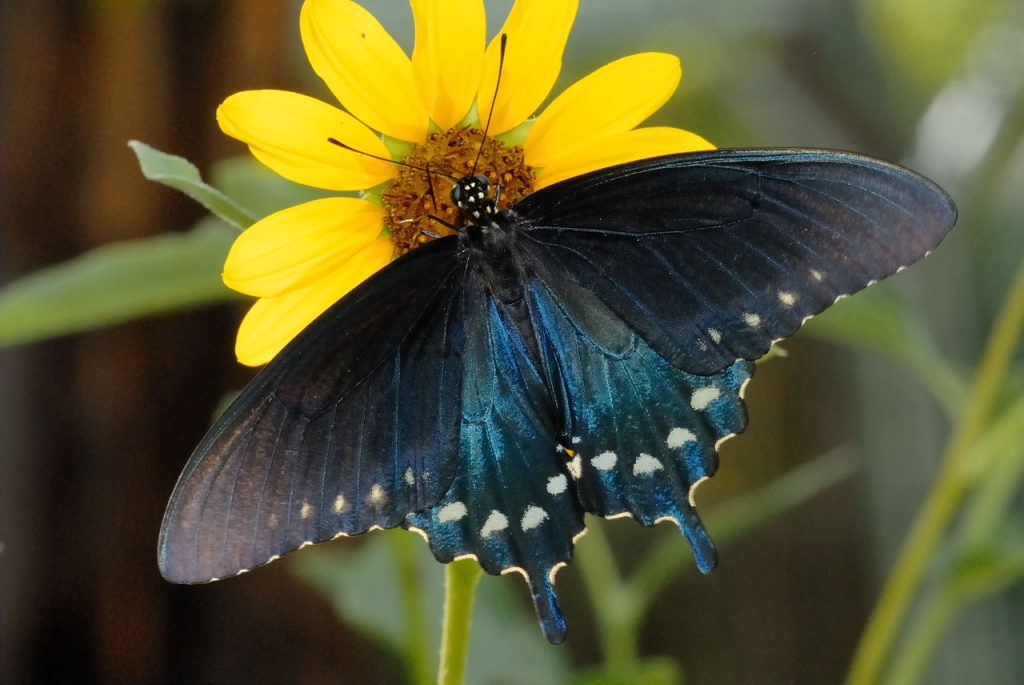
2. Sunlight: Butterflies are sun-loving creatures, so ensure that your garden receives plenty of sunlight. Most butterfly-friendly plants require at least six hours of direct sunlight per day.
3. Sheltered Area: While butterflies enjoy sun, they also need sheltered areas to rest during windy or rainy weather. Planting shrubs or small trees can provide such sheltered spots while adding structural diversity to your garden.
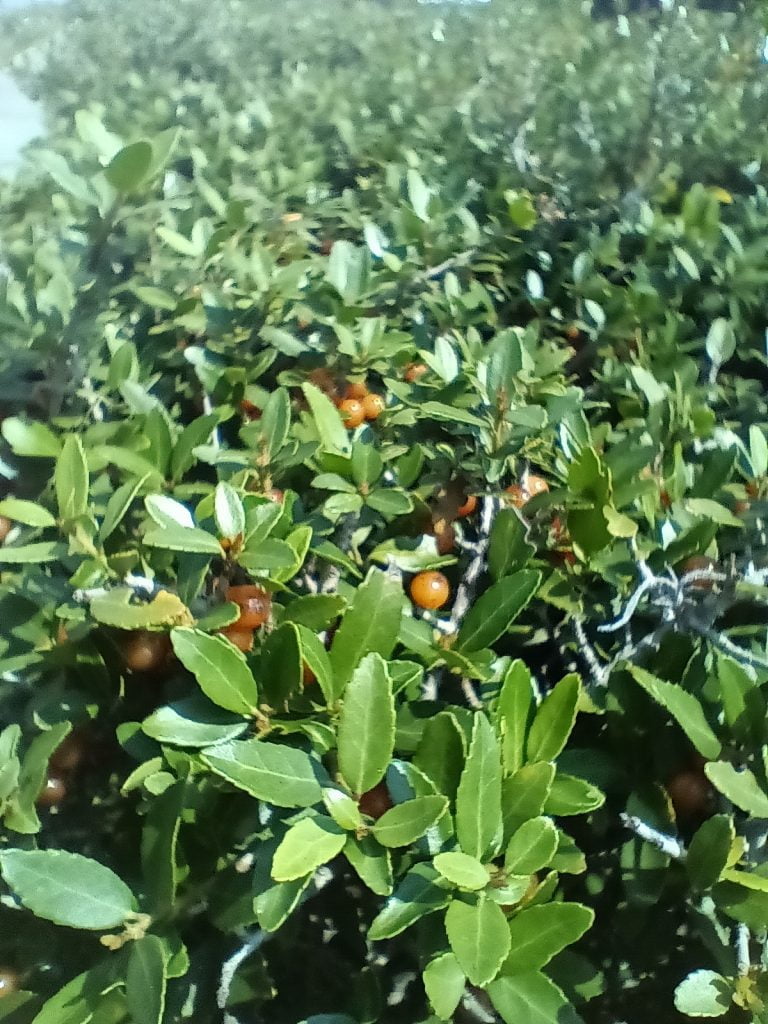
20 Florida-Native “Black Drink Holly” Seeds (Ilex nigrempotum) formerly “Yaupon”
20 or more seeds of the Florida-native, Black Drink Holly (Ilex nigrempotum), formerly known as “Yaupon.” Origin: Polk Co. FL Zone 9b.
4. Water Source: Provide a water source such as a shallow dish with wet sand or stones, or a small birdbath with pebbles where butterflies can perch and sip water. Ensure that the water source is shallow to prevent the risk of drowning.
5. Mud Puddling Spot: Male butterflies often engage in mud puddling, where they gather essential minerals and salts from damp soil or mud. Create a muddy or sandy spot in your garden by moistening an area of soil and keeping it damp. This will attract butterflies that engage in mud puddling behavior.
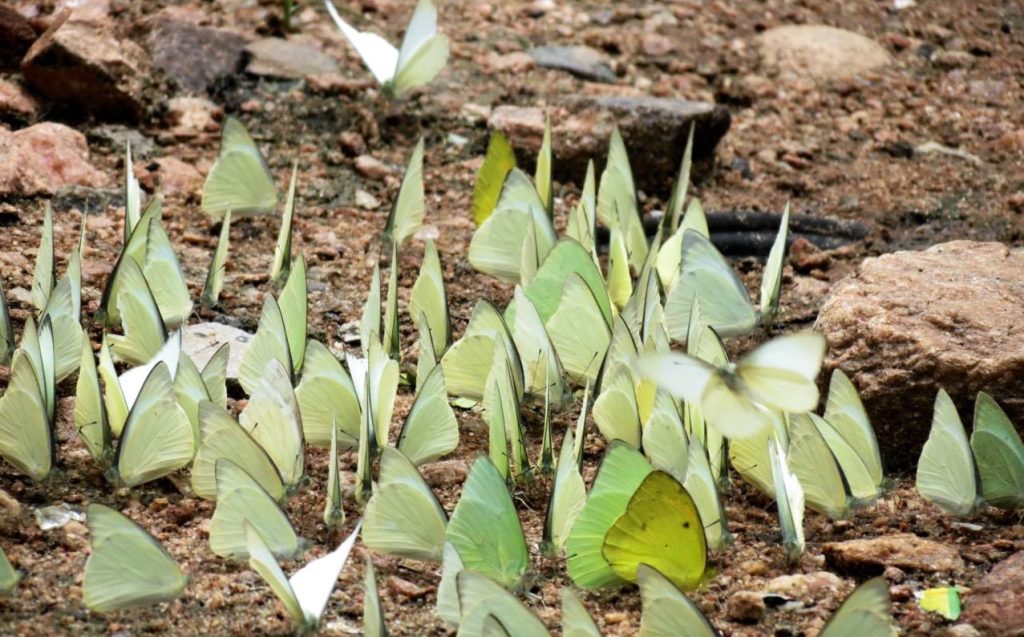
6. Avoid Pesticides: Avoid using chemical pesticides in your butterfly garden, as they can harm butterflies and other beneficial insects. Instead, consider natural pest control methods like companion planting or introducing beneficial insects that prey on garden pests.
7. Continuous Blooming: Plant a variety of plants that bloom at different times throughout the year to provide a continuous source of nectar for butterflies. This will help attract and sustain butterflies from spring through fall.
8. Groupings and Colors: Plant flowers in clusters or groupings rather than scattering them around the garden. This helps butterflies easily locate nectar sources. Choose flowers with bright colors like red, orange, yellow, and purple, as these colors are attractive to butterflies.
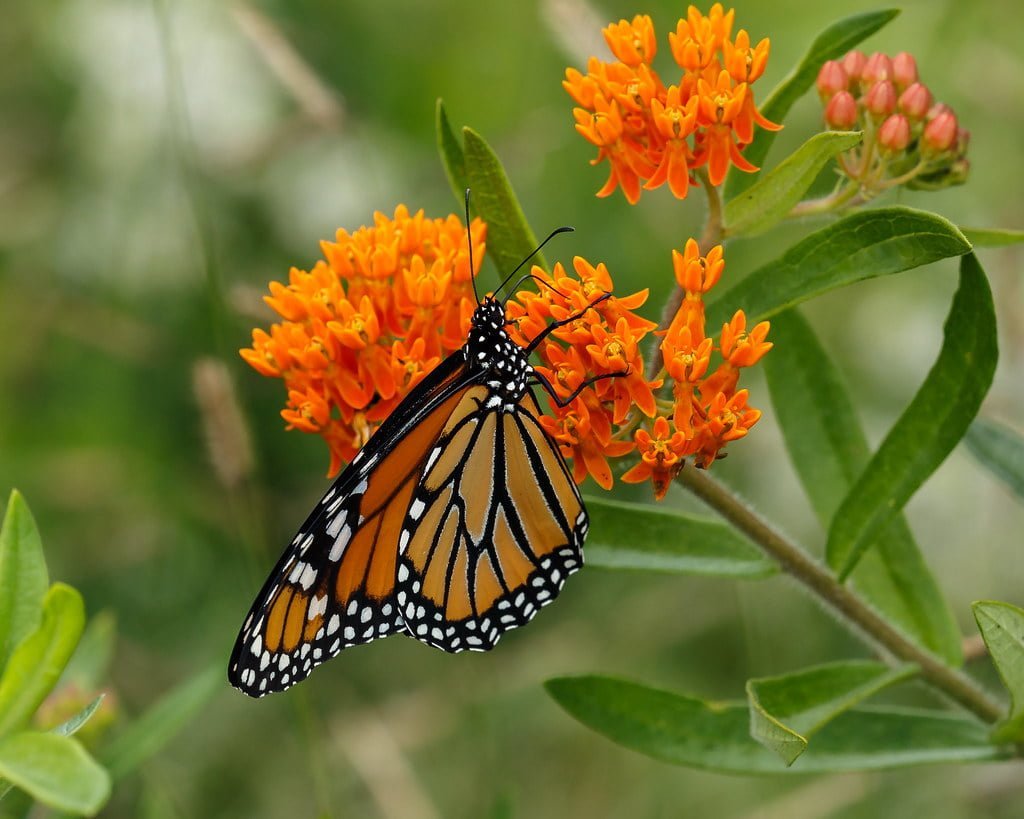
50 Butterfly Milkweed Seeds (Asclepias Tuberosa) for North America
More than 50 Orange Butterfly Milkweed Seeds (Asclepias tuberosa) originating from tobacco country for most of North America.
9. Avoid Hybrid Plants: Hybrid plants often have reduced nectar production or altered characteristics that may not be beneficial for butterflies. Stick to native species or heirloom varieties that provide the best food sources for butterflies.
10. Maintenance: Regularly maintain your butterfly garden by watering, weeding, and removing faded flowers. This encourages the growth of new blooms and ensures the health of the plants.

By incorporating these elements into your butterfly garden, you can create an attractive habitat that provides food, shelter, and resources for butterflies at every stage of their lifecycle.. one day at a time!
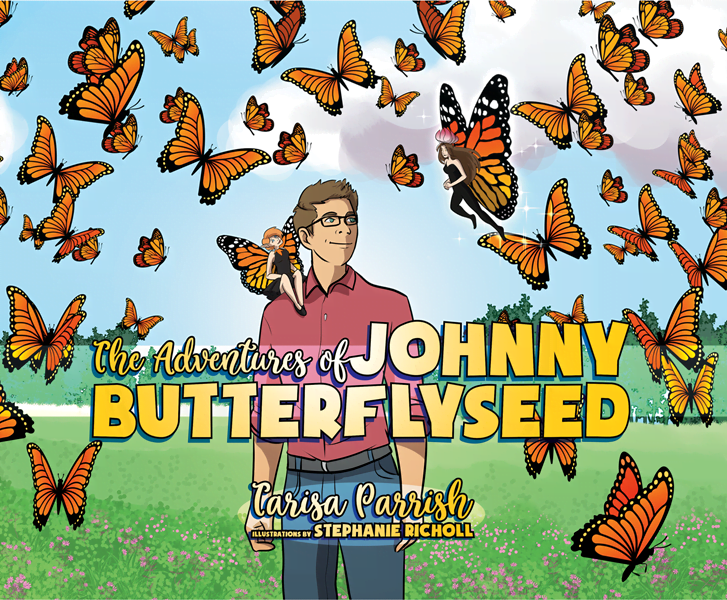
The Adventures of Johnny Butterflyseed – Author Signed First Edition Children’s Book
Save the monarchs!
Johnny Butterflyseed and his fairy friend, Raven Silverwing, embark on a mission to save the rapidly disappearing butterflies. They enlist the help of Queen Venus Goldwing and her kingdom of monarchs to educate and inspire kids to become butterfly farmers. At first, Johnny faces his own internal struggle with self-doubt and fear in his ability to make a difference, but then soon develops a mindset that allows him to not only get started, but also make progress one day at a time. Through challenge after challenge, Johnny learns that he is not alone in his mission and that there are many people who want to help. Together, Johnny, Raven, and Queen Venus educate thousands of children on becoming butterfly farmers.
